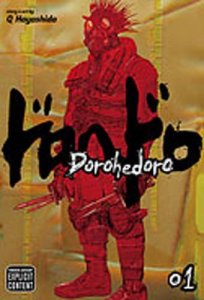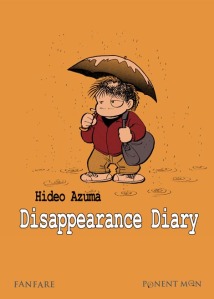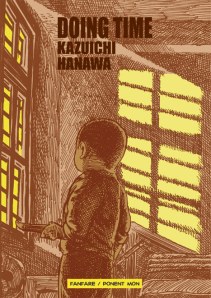I’ll tell you right now that I have the feeling that I’m going to forget something critical in this installment of the Seinen Alphabet, so feel free to amend in the comments. The “F” entry for the the Shôjo-Sunjeong Alphabet was crazy huge, but Seinen? Well, “F” is for…
Fan service… but fan service isn’t unique to seinen, obviously. Every category features ways its creators can cater to their audience.
Tokyopop has published a couple of seinen manga that starts with “F.”
Futari Ecchi, written and illustrated by Katsu Aki, was published in English as Manga Sutra, and golly, did I find the first volume to be boring.
And there’s FLCL, adapted by Hajime Ueda.
Takuya Fujima’s Free Collars Kingdom (Del Rey) doesn’t immediately look like seinen, but it ran in Kodansha’s Magazine Z. Here’s Fujima’s profile on Baka-Updates, with more seinen titles in his portfolio.
Media Blasters has published at least three volumes of Natsumi Konjoh’s Fujoshi Rumi.
On the unlicensed front, I wouldn’t mind getting my hands on Jiro Matsumoto’s Freesia.
There’s apparently a seinen version of Fist of the North Star that has yet to be published in English. It was serialized in Shogakukan’s Big Comic Superior. And there’s another seinen version running in Shinchosa’s Comic Bunch.
But what does “F” stand for in your Seinen Alphabet?















































